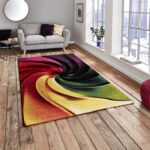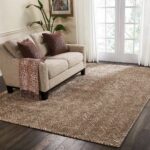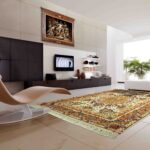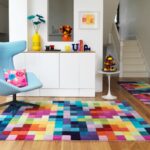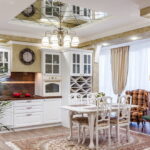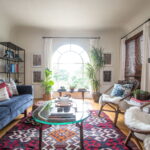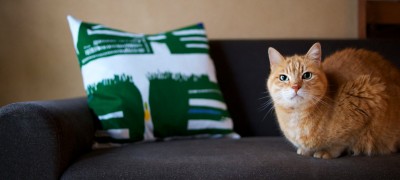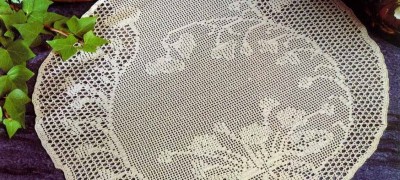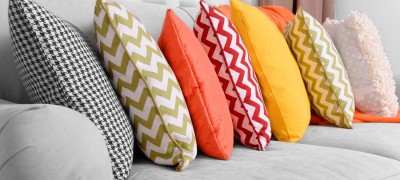Description of the most different types of carpets
Thousands of years have passed since the first carpets appeared, but they still delight the eye, give warmth and comfort. Parisian tapestries, Aubussons, Savonneries and famous Persian carpets can tell a lot and reveal many secrets of the past. The emergence of carpet weaving is inextricably linked with weaving. The first carpets were twisted stalks of dry grass. The oldest wickerwork is preserved in the tomb of the Egyptian Pharaoh Thutmose IV. This is a shroud woven of linen threads, embroidered with lotus flowers and scarabs. Its age dates back to 1400 BC. NS.
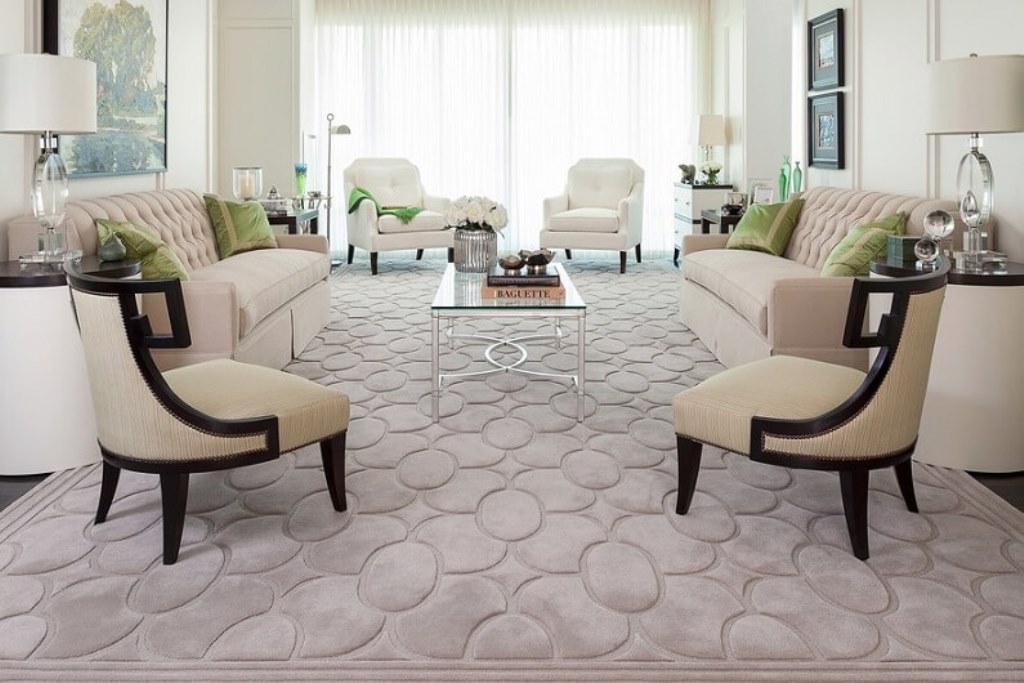
Full description of the carpet
The carpet is a plain or multi-colored textile product. It is made by machine or by the hands of a master. Artistic features are determined by:
- surface structure (texture);
- method of production;
- materials;
- registration;
- density;
- dimensions.

The carpet consists of:
- From the central part (field), which includes a composition of ornaments.
- Border, which can also be decorated with a pattern.
- The edge of the carpet (edging) is processed with an overlock, fringe or piping.
Lint-free options are divided into:
- one-sided (like sumach);
- bilateral (kilim or palas).

Pile types of carpets on the floor are:
- with split pile;
- with continuous (looped).
When did they start using
All woven carpets are divided into lint-free and pile carpets. Such products were made of natural wool or silk, so a pile carpet found in an ancient burial in Gorny Altai in 1949 has been accidentally preserved to this day. The age of the carpet is determined by 250-480 BC. NS.
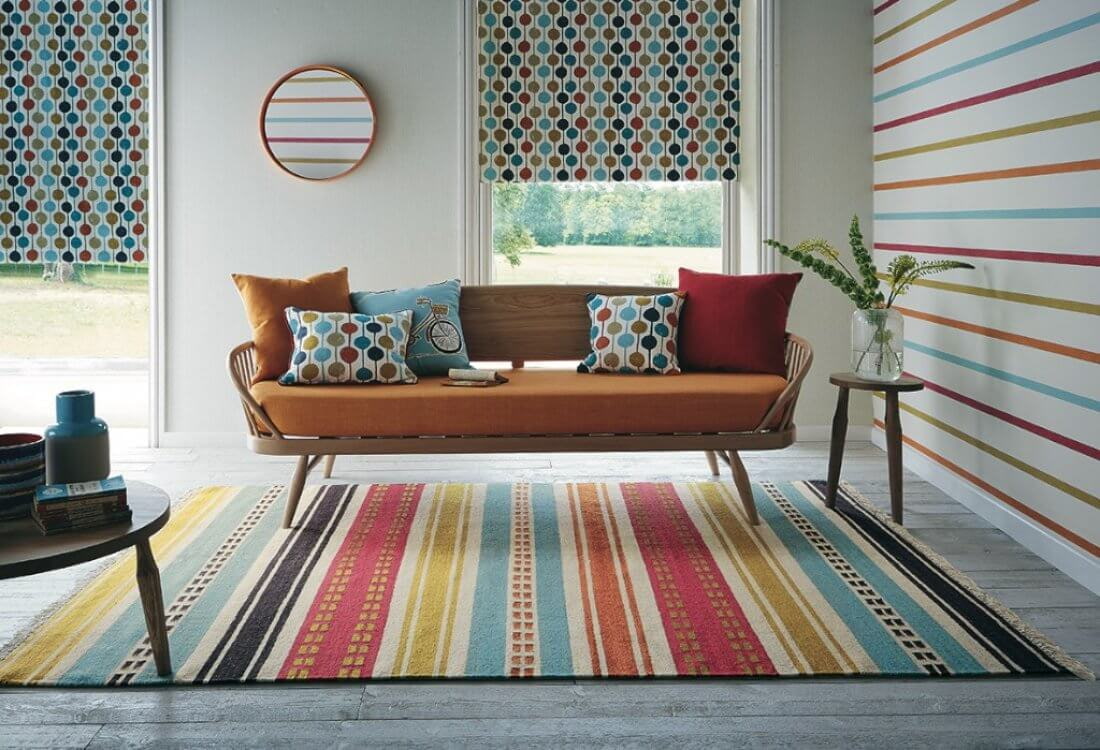
Persia is considered the ancestor of pile carpet weaving. The carpets were given a sacred meaning, they reflected the philosophy of the universe. They gradually became a symbol of power, under the throne of each ruler there was necessarily a carpet - a zone of untouchability.

In the East, the carpet is one of the main symbols of wealth and prosperity. Persian carpets have always been appreciated for their high quality and beauty all over the world.
A carpet of the 20th and 21st centuries is a manufactured product, most often made of synthetic or semi-synthetic threads, stamped with any one ornament.

Appointment
For those who want to transform the interior and enjoy special comfort, the carpet will be the best complement to the overall picture.The carpet will become a connecting link and will allow you to combine the elements of the interior composition into a single whole. It will change the appearance of the room, bring light, color and texture to it. Correctly chosen design, shape, size and color palette will make it the semantic center of the room.
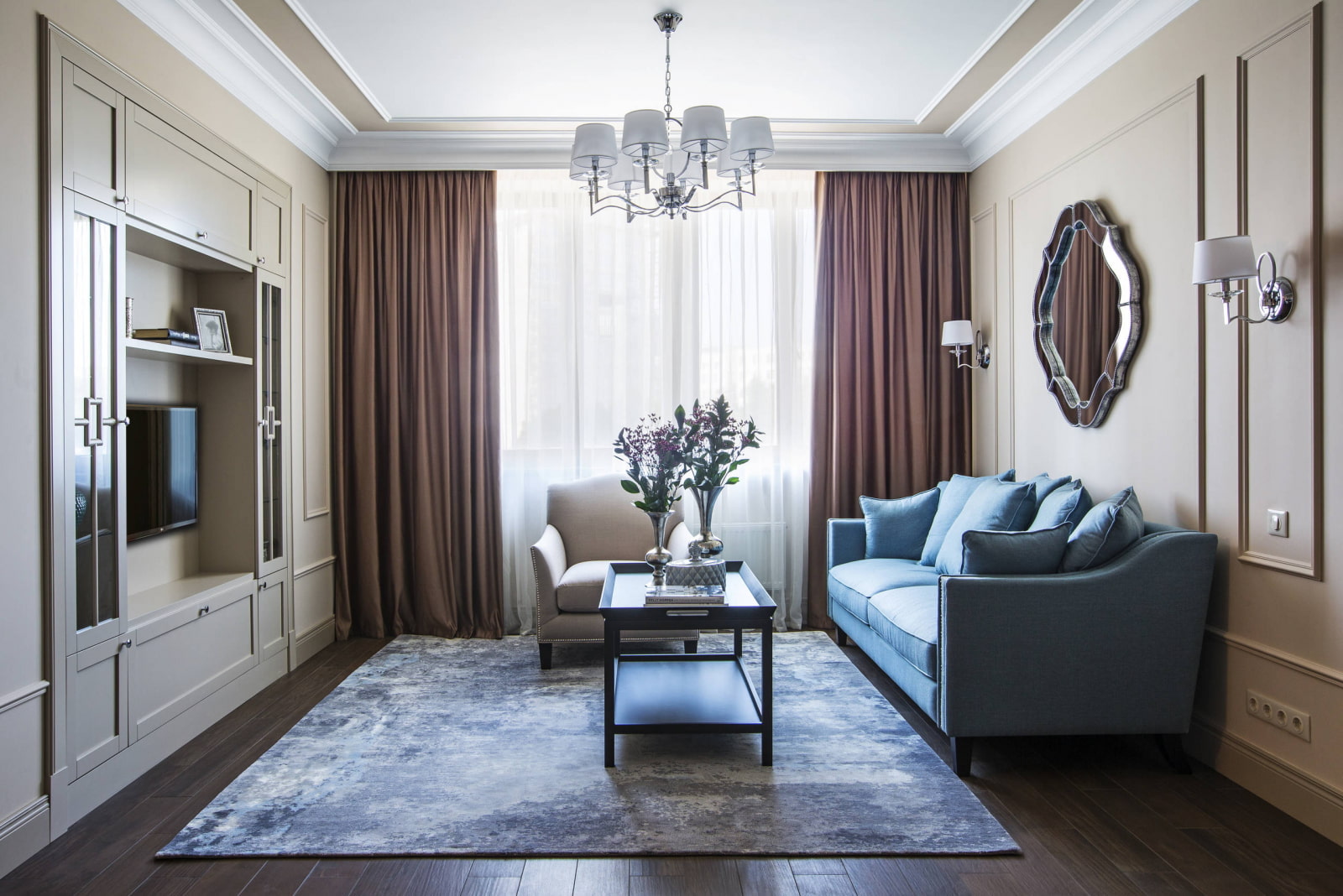
Pros and cons of carpets
Almost all coatings have both positive and negative qualities.
Carpets make the room more comfortable, warm and cozy. They perfectly complement or emphasize the dignity of any interior. Only soft and delicate products made from natural wool can bring pleasant tactile sensations.

Positive traits:
- environmental friendliness;
- resistance to mechanical damage;
- does not support combustion;
- elasticity;
- absorbs excess moisture;
- gentle, soft to the touch;
- durability;
- hypoallergenic;
- dense and perfectly keep their shape;
- warm;
- differ in a variety of shapes, sizes, colors, patterns and textures.
For your information. Synthetic products are easy to wash and dry quickly. The most economical option is considered to be polypropylene rugs.
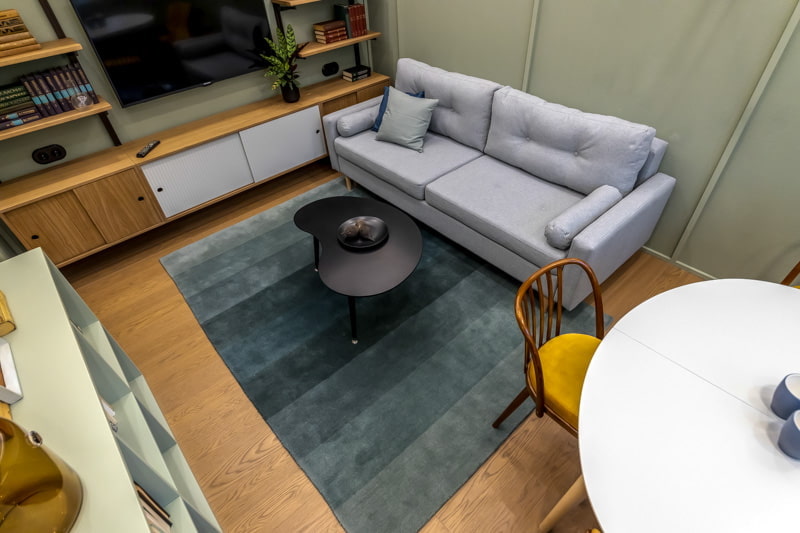
The disadvantages include:
- high cost of quality products;
- difficulty in leaving (low resistance to stains);
- static stress;
- most coatings absorb dust and dirt well, which provokes allergic reactions.
What are carpets - types and classification
By the type of production, carpets are divided into:
- Manual - they are made by a master on a special machine from natural materials, they are distinguished by originality, excellent quality and high cost. It takes up to 3-5 months to make one product.
- Machine - conveyor production allows to produce up to 2000-3000 square meters per day. Products made of synthetic or semi-synthetic threads, of good quality, meet all norms and standards, and are distinguished by low prices.

By material of manufacture
What is it customary to make carpets from? The coverings are made from various yarns - both natural and synthetic or combined options:
- wool carpets;
- silk;
- from viscose;
- polyamide or nylon;
- polyester (polyester).

By manufacturing method
Let's consider what carpets are. Separate single-level and multi-level weaving systems. The single-level loopback structure of the carpet is a weave of loops of the same length. These types of coatings are characterized by high density and strength, which allows them to be used in rooms with high operational loads.

The multi-level system consists of loops of different lengths, which allows you to create original volumetric patterns. Such products look more attractive outwardly and are in great demand.
Another type of carpet is called a scrolling carpet. It consists of a multilevel looped weave with sheared tops.
By the length of the pile
Depending on the height of the pile, carpets are:
- Short-haired - 2-3 mm.
- Medium pile - 3-5 mm.
- High-pile - 5 mm or more.
Products that are similar in manufacturing technology to handicraft (tufting) are very popular. Each villi is tied to the base (mesh), and for volumetric elements with a pattern or pattern, a pile of different lengths is selected.

On the basis of the carpet
The quality of the product depends not only on the raw materials, the manufacturing method and the height of the pile, the base is a very important element. Wear resistance and durability depend on it. Distinguish between primary and secondary:
- The first one is synthetic, it is a fixing layer made of PVC or latex. It serves to fix the pile.
- The second is the seamy side of the carpet, which is responsible for durability. It should be different:
- elasticity;
- elasticity;
- soundproofing;
- reduce slip.

Natural or synthetic jute, vinyl, felt and other materials are used for its manufacture. Artificial jute is more durable, but rather rough.
For your information. Carpets with a latex or felt base have heat and sound insulation properties, perfectly hold their shape, do not slip, ideal for any room.
By invoice
Carpets in the interior attract attention not only with an interesting pattern, but also with an unusual texture. So, for example, a braid made of natural fibers is very pleasant, environmentally friendly, and a modern vision and a new approach to a pattern turns the product into a modern fashion trend.

Various carpets made of soft pompons look very original and bright. Products can be either colored or monochrome, or imitate a bearskin made of woolen balls of different diameters.
Features of the right choice for your home
When choosing carpets, it is important to consider not only quality and beauty, but also their immediate purpose.
So, for example, for a bedroom it is better to select options with a long pile. They will make the room even quieter and more comfortable. Sizes can be different, it all depends on the area of the room and personal preferences. It is advisable to use coatings in pastel colors, combining them with rugs, bedspreads and curtains.
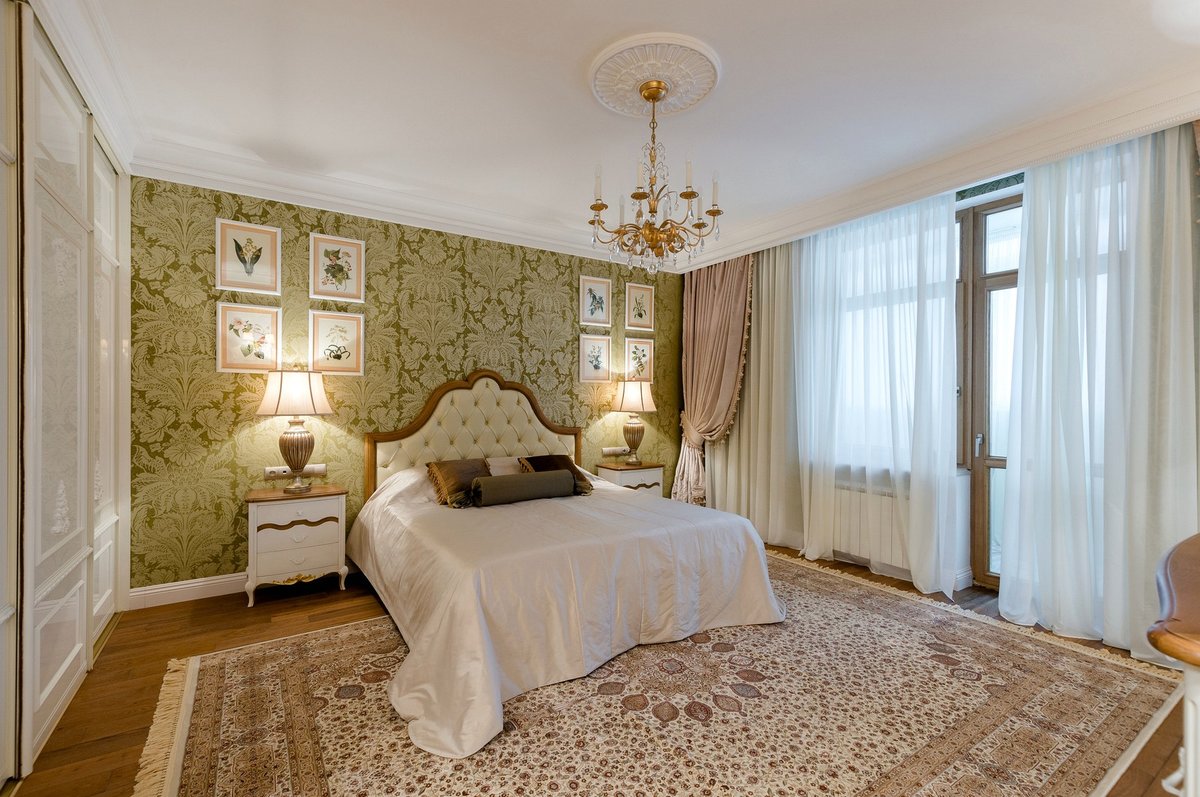
For a living room, a medium to small pile carpet is ideal. In a bright room, it is better to give preference to cold shades, and warm colors will refresh a dark room.
The combination of carpet and floor in the same color scheme looks very elegant. However, if the floor is dark, contrast can be played.

If it is necessary to emphasize the advantages of the furniture set, you should choose plain products. Covering with patterns or patterns will distract attention from the interior. Shabby carpets that seem slightly faded in the sun are considered fashionable. They are just perfect when paired with antique furniture.

Choice in the nursery (for children)
For a children's room, options with medium or long pile, bright and colorful colors are more suitable.
Attention should be paid to the ease of maintenance of the coating and whether it contains harmful components and materials. Natural products with antiseptic impregnation guarantee the absence of mold and mildew.

A good canvas is pleasant to the feet. Natural wool is the most natural, soft and delicate material. Artificial materials are only roughly similar to the original.
When buying, it is important to pay attention to:
- quality;
- the smell of the product;
- density;
- tactile sensations;
- seamy side;
- environmental friendliness;
- wear resistance;
- decorativeness;
- hygiene.

According to the legislation, a guarantee is provided for carpets. Refunds are made if there is a manufacturing defect.
Basic rules for carpets care
In order for the carpet product to be preserved as long as possible, it is important not only excellent quality, but also careful care:
- The new carpet should be well ventilated and vacuumed.
- Loads of heavy objects and furniture should be avoided. They leave dents on the coating that are difficult to remove.
- It is better to remove the resulting stains immediately with special means or soapy water, hydrogen peroxide solution.
- Cleaning is done with a vacuum cleaner 1-2 times a week: first, they pass in the direction of the pile, and then against.
- Snow can be cleaned in winter.
- Each canvas has a different cleaning characteristics, so you should carefully read the instructions.
- Special dry powders are excellent cleaning agents. After 2 hours, the dirt is absorbed and cleaned out with a vacuum cleaner. At the same time, the carpet remains dry, which is very important, because not all products can be wetted.
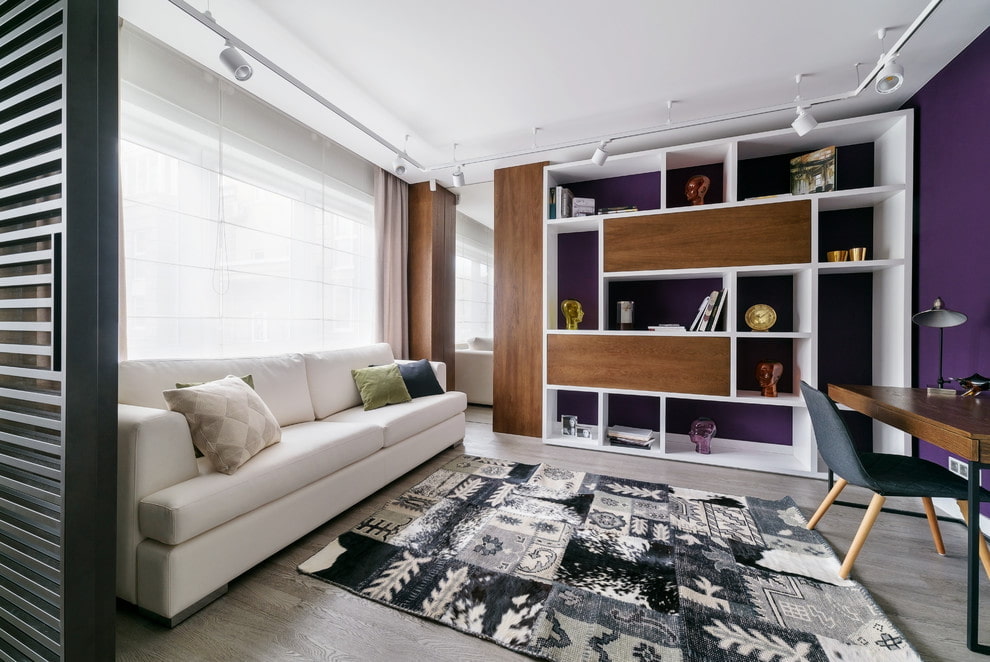
Top carpet manufacturers
A wide range of carpets will provide the right choice for any space.
Russian carpets produced by Belka CJSC are made on modern equipment by Wan De Wiele in compliance with the latest technologies. This production is included in the group of the largest enterprises in Russia. All products are made of high quality and modern synthetic materials with excellent consumer qualities.

The Belgian factory Roger Vanden Berghe is one of the best carpet manufacturers in Europe. The products are distinguished by their original design and rich color palette. The production uses modern technologies combined with many years of experience.
The presence of a Turkish carpet at home has long been considered an indicator of wealth and exquisite taste. The most famous Turkish manufacturers:
- Konya;
- Kayseri;
- Kula;
- Caret.

Eco-friendly, comfortable and stylish carpets are always in demand. Soft, delicate, fluffy and warm carpets made of certified sheep wool are especially relevant for the Russian climate.

When choosing a carpet product, of course, it is important to consider the manufacturer and quality, but, perhaps, the most important point is the enjoyment of the purchase. If after a working day with great pleasure you want to lie down on a soft carpet near your favorite fireplace or TV, then the choice is right.

Video: how to choose a carpet for your home and apartment





